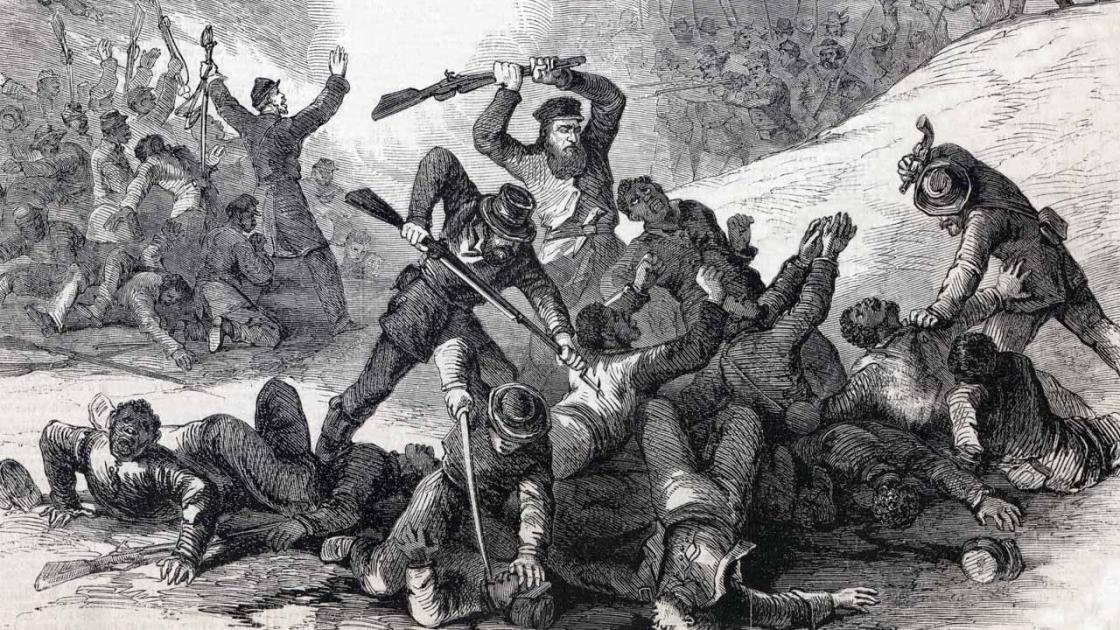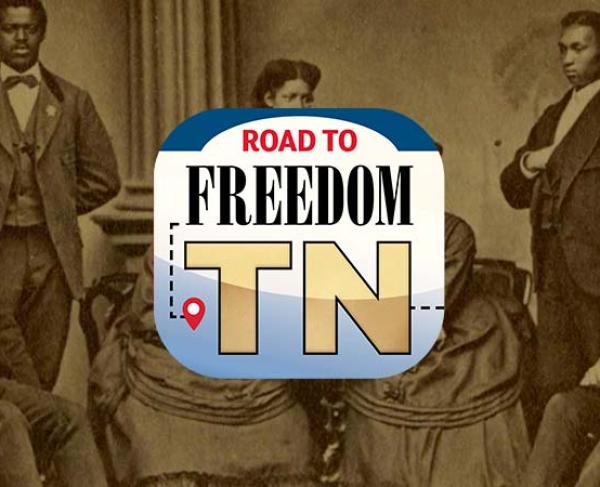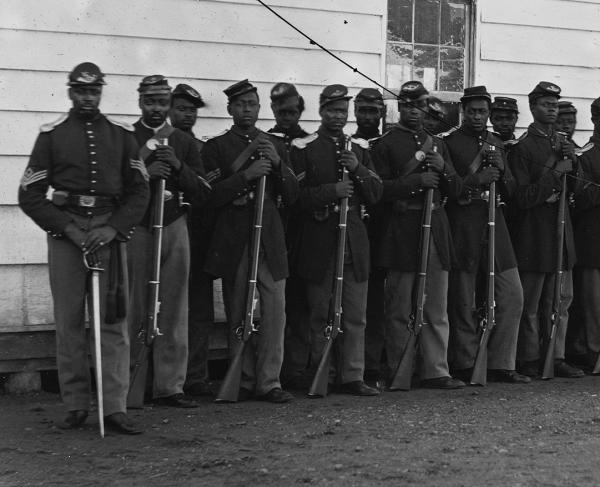Remember Fort Pillow
Tennessee
Fort Pillow State Historical Park
3122 Park Road
Henning, TN 38041
United States
This heritage site is a part of the American Battlefield Trust's Road to Freedom: Tennessee Tour Guide app, which showcases sites integral to the Black experience during the Civil War era. Download the FREE app now.

The massacre of Black soldiers, their white comrades and civilians here on April 12, 1864, still echoes with tragedy and grief on the road to freedom.
By 1864, Fort Pillow was no longer essential to the Union’s hold on the Mississippi River, but it presented a tempting target for Confederate General Forrest’s raiders aiming to divert Union supplies and troops. The fortification was defended by the 6th U.S. Colored Heavy Artillery (USCHA), 2nd U.S. Colored Light Artillery, Co. D, and the Bradford’s Battalion,13th Regiment, Tennessee Cavalry.
The Confederate raiders surrounded the fort and demanded surrender. Union officers, including Maj. Lionel F. Booth and Maj. William Bradford, refused ¾ both recognizing the added risks that surrendering held for the Black troops and their white officers. The Confederates overran the earthworks ¾ a field fortification constructed primarily of dirt ¾ scattering most Union troops in flight toward the river. According to both Confederate and Union soldiers who were present, many Black and white Union soldiers, who were defeated and had surrendered were brutally murdered by the victorious Confederate soldiers. Some Black civilians were ultimately killed too.
Both sides submitted after-action reports reflecting conflicting racial perspectives. Northern newspapers and magazines wrote about and published sketches illustrating the massacre. Pvt. Ellis Falls of the 6th USCHA testified, “They killed all the men after they surrendered, until orders were given to stop; they killed all they came to, white and black, after they had surrendered.” Frank Hogan, also serving in the 6th USCHA, described the murder of Capt. Carson, a white officer in his battalion, recounting that he was shot after answering "[y]es" when asked by a Confederate if he was an officer of a n----r regiment. Based on such survivor accounts, U.S. congressional investigators concluded it was “a scene of cruelty and murder without parallel in civilized warfare.”

Some Confederates gave later accounts attempting to justify the disproportionate killing of Black troops. However, historians identify the massacre at Fort Pillow among several Civil War engagements where Confederates violated previously accepted codes of military conduct by slaughtering Black soldiers.
In the last year of the war, 1864, the battle cry “Remember Fort Pillow” expressed the remarkable courage of Black soldiers engaged at Nashville and other battlefields across the South. Today, at the Memphis National Cemetery, grief is whispered from the quiet graves of Fort Pillow's Black and white defenders ¾ speaking to the new generations of Americans where the massacre occurred.
Know Before You Go
Visit Fort Pillow State Historic Park to walk the grounds, see remnants of the fort built by enslaved workers and improved by Black soldiers and freedmen, and gain a fuller understanding of this hard history.

